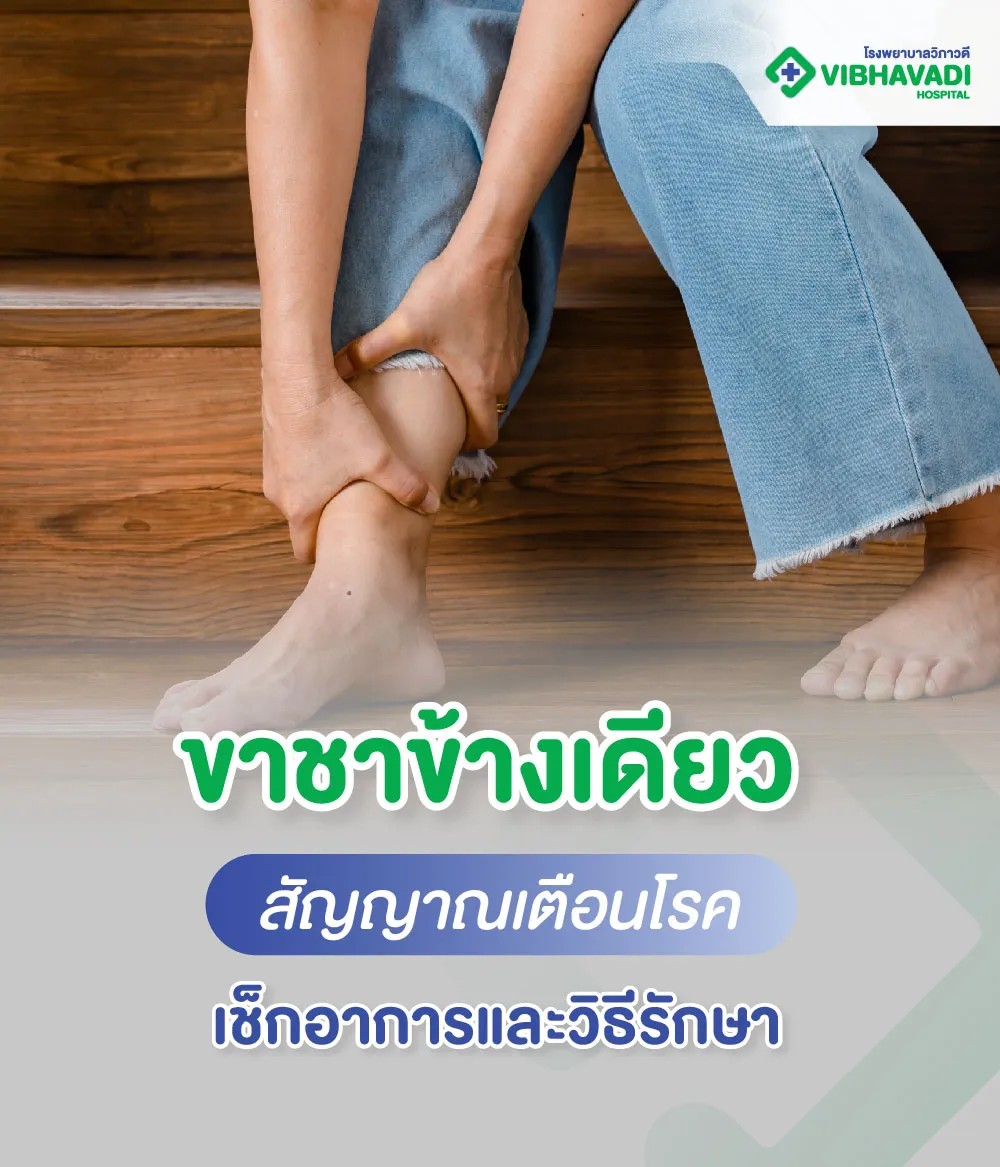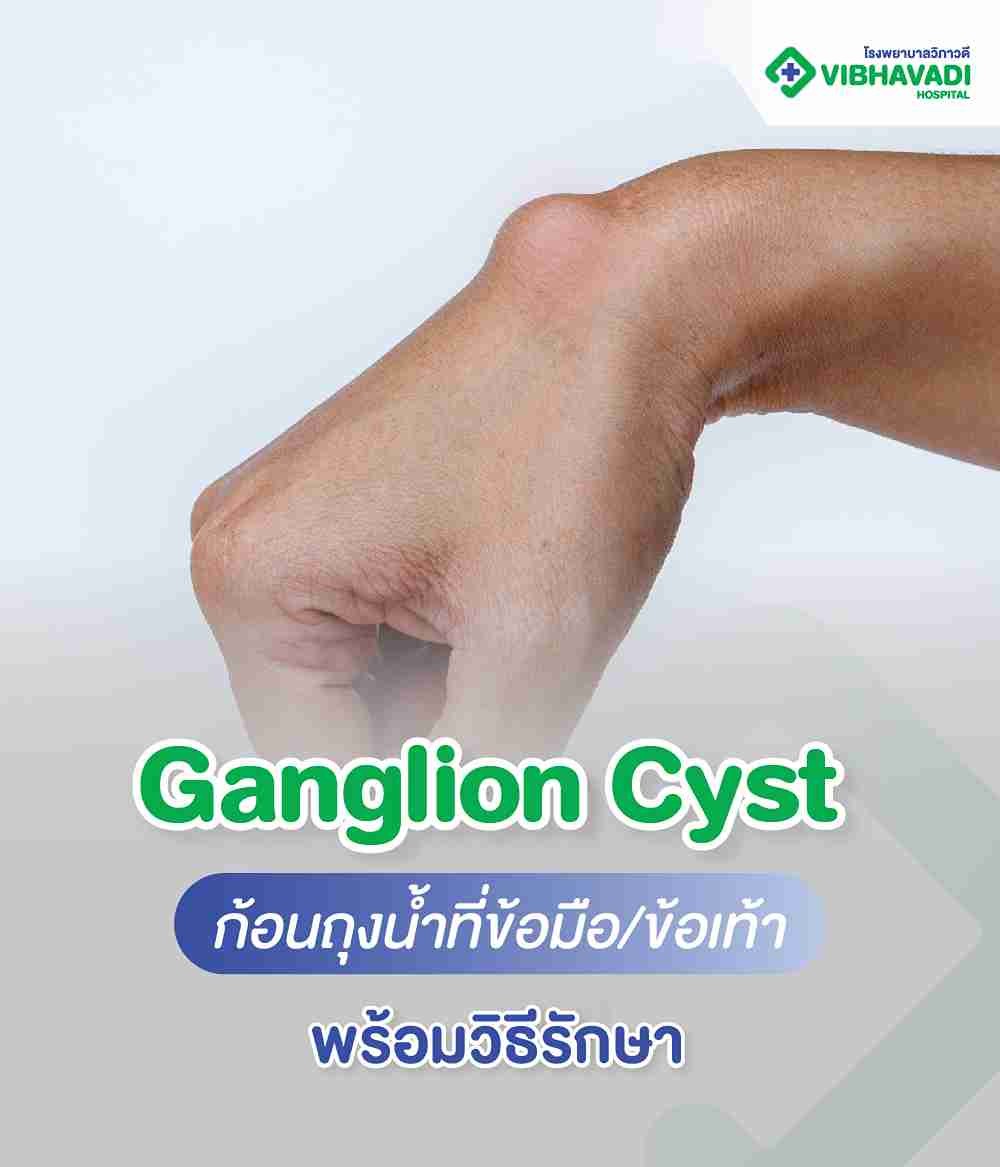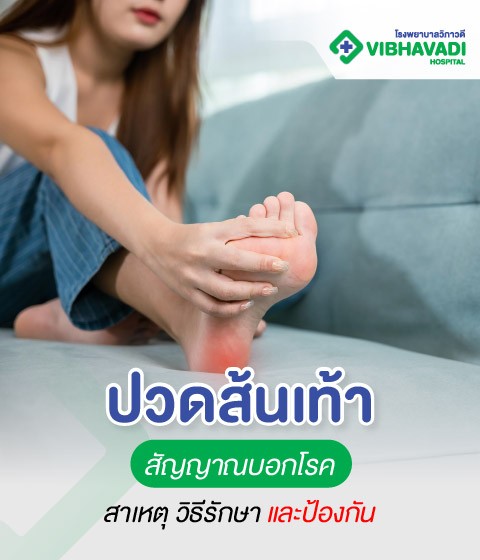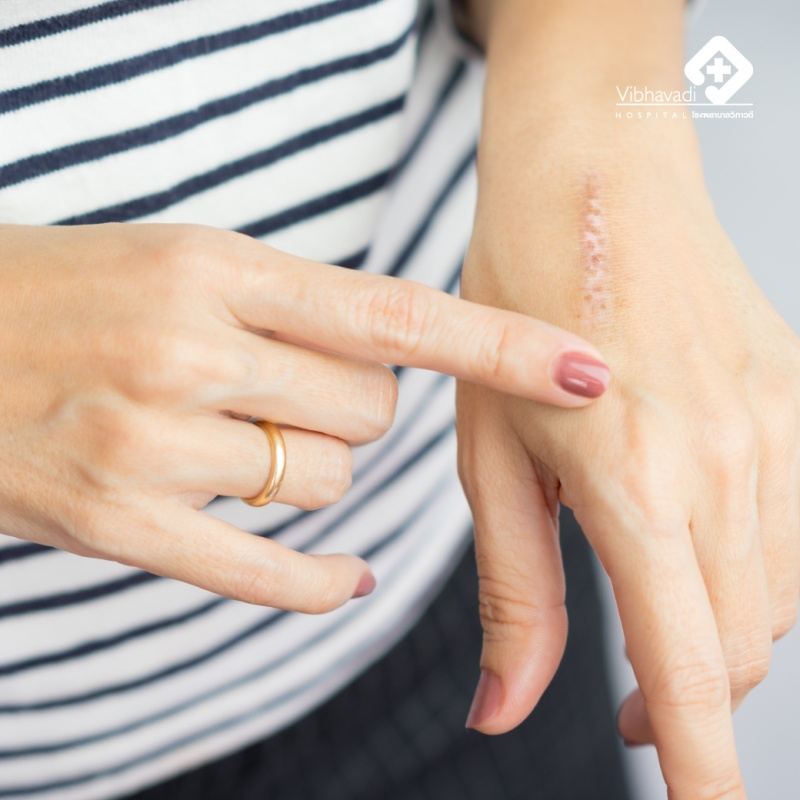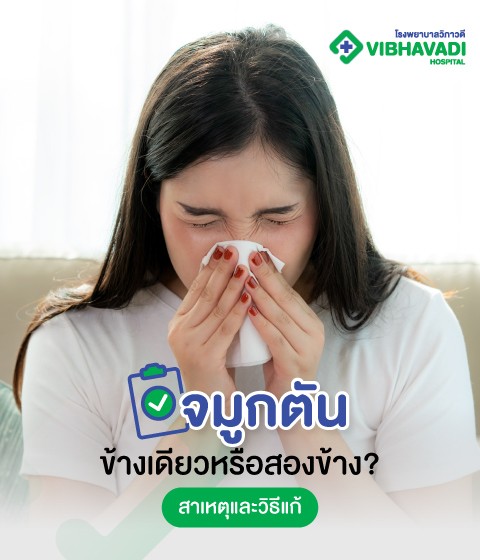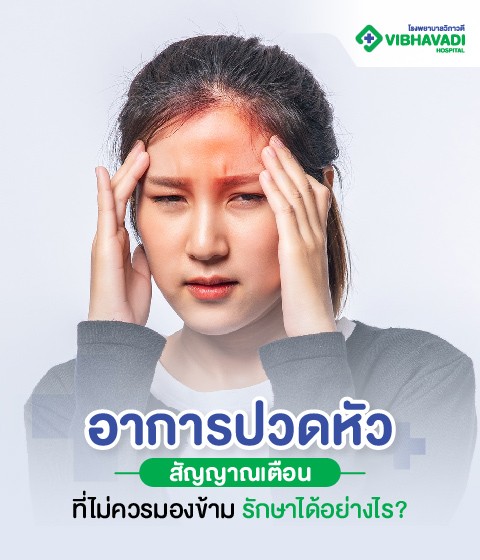Conjunctivitis
Key Takeaway
Red eyes occur when the conjunctiva or surrounding tissues of the eye become inflamed, causing blood vessels to expand, making the whites of the eyes appear noticeably red. Common accompanying symptoms include burning, irritation, tearing, or thick discharge. The main causes of red eyes include viral or bacterial infections, allergies, environmental irritants, injuries, or other medical conditions. If redness persists for more than 2–3 days, or is accompanied by severe pain, blurred vision, green or yellow discharge, bleeding, or significant swelling, an ophthalmologist should be consulted immediately for proper diagnosis and treatment.
Introduction: Don’t Ignore Red Eyes
Red eyes, medically known as conjunctival inflammation, are a common condition that causes the whites of the eyes to appear red, along with discomfort, itching, or excessive tearing. Causes vary, including allergies, infections, or scratches on the cornea. Understanding the triggers, symptoms, and self-care methods can help prevent the condition from worsening. Vibhavadi Hospital provides guidance on first-aid measures and professional consultations if symptoms persist.
What Are Red Eyes and Can They Heal on Their Own?
Red eyes occur when the conjunctiva, the thin layer covering the white of the eye, or surrounding areas become inflamed. This inflammation causes blood vessels in the eye to expand, making the eye appear red. Symptoms often include a burning sensation, irritation, tearing, and sometimes thick or cloudy discharge.
Most red eyes result from viral infections, environmental irritants, or allergies. Mild cases usually resolve within 1–2 weeks without treatment. However, severe symptoms such as intense eye pain, blurred vision, colored discharge, or fever require prompt medical attention, as bacterial infections or other eye conditions may require specialized treatment.
Common Symptoms of Red Eyes
The symptoms of red eyes depend on the cause and severity. They may include:
Redness of the eye: Visible blood vessel expansion in the conjunctiva.
Burning or itching: Eyes may feel like they have sand or dust in them.
Excess tearing: Eyes produce more tears to relieve irritation.
Discharge: White, yellow, or green discharge may occur depending on the infection.
Light sensitivity: Eyes may hurt or squint in bright light.
Swelling: Eyelids or areas around the eyes may swell or turn red.
Causes of Red Eyes
Red eyes can result from infections, allergies, environmental factors, injuries, or systemic health conditions.
1. Infections
Viral or bacterial infections often cause red eyes, sometimes with discharge, tearing, and swelling. Unilateral redness may spread to the other eye. Viral infections usually resolve within 1–2 weeks, while bacterial infections may require antibiotic eye drops or ointments.
2. Allergies
Allergic red eyes are usually itchy, watery, and swollen. Common triggers include dust, pollen, or irritants. Avoiding allergens and using antihistamine eye drops can relieve symptoms.
3. Environmental Irritants
Exposure to smoke, dust, strong wind, chlorine, or prolonged screen use can irritate the eyes. Redness, burning, and tearing can be alleviated by resting the eyes and rinsing with clean water.
4. Injuries or Scratches
Physical injuries, corneal scratches, or foreign objects can cause redness, pain, and tearing. Immediate medical attention is necessary to prevent infection.
5. Systemic Conditions or Other Eye Disorders
Conditions such as acute glaucoma, uveitis, or systemic illnesses can cause severe redness, pain, blurred vision, or light sensitivity. Prompt evaluation by an ophthalmologist is critical.
Home Remedies and First-Aid for Red Eyes
Initial care can reduce discomfort and redness:
Cold compress: Apply a clean, cold cloth to eyelids to reduce swelling and irritation.
Artificial tears: Provide moisture and relieve burning or dryness.
Rest your eyes: Limit reading or screen time to reduce strain.
Avoid rubbing: Rubbing can worsen redness and increase infection risk.
Maintain cleanliness: Wash hands before touching eyes and gently wipe discharge with a clean cloth.
Improve environment: Reduce dust, smoke, or other irritants.
When to See a Doctor Immediately
Seek professional care if red eyes are accompanied by:
Symptoms persisting beyond 2–3 days or worsening
Severe eye pain
Blurred vision or partial vision loss
White spots on the cornea
Swollen lymph nodes near the ears
Significant eyelid swelling
Eye bleeding
Green or yellow thick discharge indicating bacterial infection
Diagnosis of Red Eyes
Doctors typically begin with a medical history, followed by:
Slit-lamp examination: Detailed inspection of the cornea, conjunctiva, and eyelids.
Infection tests: Sample collection for viral or bacterial cultures if needed.
Additional tests: In some cases, eye pressure measurements, blood tests, or imaging may be performed.
These assessments help determine the underlying cause and severity, guiding appropriate treatment.
Treatment of Red Eyes
Treatment depends on the underlying cause:
Viral Red Eyes
Often caused by adenovirus or herpes simplex virus. Symptoms include redness, tearing, itchiness, and mild discharge. Usually self-limiting within 1–3 weeks. Treatment focuses on relieving symptoms and preventing spread:
Artificial tears
Proper hygiene (hand washing, avoiding shared items)
Antiviral drops if corneal involvement occurs
Bacterial Red Eyes
Common pathogens: Staphylococcus, Streptococcus, Haemophilus. Symptoms: redness, thick yellow/white discharge, irritation. Treatment:
Antibiotic eye drops or ointments
Avoid rubbing and sharing towels
Maintain eyelid hygiene
Allergic Red Eyes
Triggered by dust, pollen, pet dander, or chemicals. Symptoms: red, itchy, watery, sometimes swollen eyes. Treatment:
Avoid allergens
Protective eyewear
Antihistamine or anti-inflammatory eye drops
Oral medications in severe cases
Irritant or Injury-Induced Red Eyes
Caused by environmental exposure or trauma. Treatment:
Rinse eyes with clean water or saline
Use artificial tears
Anti-inflammatory drops for discomfort
Antibiotic drops if corneal injury is present
Severe or Complicated Red Eyes
If vision is impaired, discharge is thick, or corneal ulcers develop, intensive care is needed:
Strong antibiotics or antiviral drops
Topical steroids if indicated
Close monitoring to prevent vision loss
Complications of Untreated Red Eyes
If untreated, red eyes may progress to:
Chronic conjunctivitis
Keratitis (corneal inflammation)
Severe bacterial or viral infections
Potential vision impairment
Prompt evaluation and treatment prevent serious complications.
7 Simple Ways to Prevent Red Eyes
Wash hands frequently
Avoid touching or rubbing eyes
Do not share towels or personal items
Keep your environment clean and dust-free
Minimize contact with sick individuals
Proper contact lens hygiene
Avoid allergens and irritants
Red Eye Care at Vibhavadi Hospital
Vibhavadi Hospital’s Ophthalmology Center provides comprehensive care:
Initial first-aid and self-care guidance
Professional consultation with experienced ophthalmologists
Full diagnosis using modern medical equipment
Personalized treatment based on the cause and severity
Summary
Red eyes result from inflammation of the conjunctiva or surrounding tissues, causing redness, burning, irritation, tearing, or discharge. Main causes include infections, allergies, environmental factors, injuries, or systemic conditions. Medical evaluation helps identify the cause and determine the best treatment. Prevention is simple: wash hands, avoid rubbing, don’t share personal items, maintain a clean environment, and avoid allergens. Vibhavadi Hospital provides complete eye care, from first-aid to professional treatment.
FAQs
1. How can I tell allergic red eyes from infectious red eyes?
Allergic eyes are itchy, watery, and mildly swollen with minimal discharge. Infectious eyes often have thick yellow or green discharge, significant redness, and pain.
2. What activities should I avoid with red eyes?
Avoid rubbing, using contact lenses, close contact with others, excessive screen use, and dusty or smoky environments.
3. What might recurrent red eyes indicate?
Frequent redness may suggest chronic allergies, repeated infections, chronic conjunctivitis, keratitis, or in rare cases, glaucoma.
4. Can red eyes be a sign of glaucoma?
Acute glaucoma may cause red eyes along with severe pain, blurred vision, nausea, or vomiting. Immediate ophthalmologic evaluation is required.

